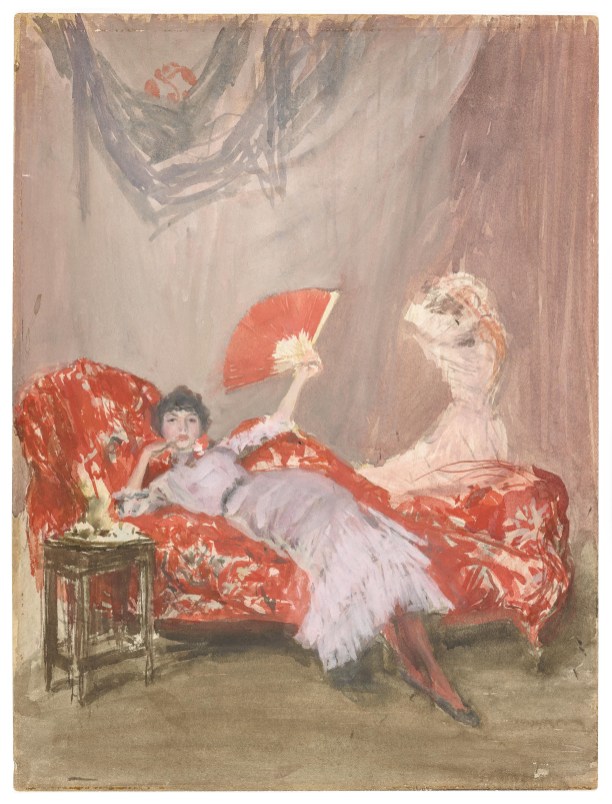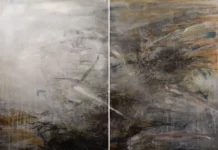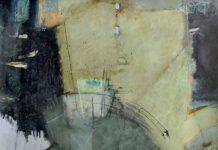In the late nineteenth century, James McNeill Whistler reinvented himself as an artist and painted his way into posterity with the help of watercolor. Beginning in 1881, he created a profusion of small, marketable works over the next 15 years. “I have done delightful things,” he confided, “and have a wonderful game to play.” For Whistler, the word “game” referred to the watercolors themselves and to his plans for selling them.
At the time an artist’s studio was regarded as a sanctuary of creativity and mystery. Whistler played on the appeal of the studio by welcoming patrons and collectors into his work space and providing a tantalizing peek behind the scenes.

Featured among the paintings on display were a series of intimate scenes, depicting quiet moments at home. Whistler frequently depicted his model and longtime companion Maud Franklin, recognizable by her auburn hair. Several compositions contain suggestions of an unseen person — perhaps the artist himself — by including a hat on the bed or an empty chair. The small size of these works encourages the viewer to draw near, even though details dissolve on close inspection.

In Milly Finch, a model wearing a lavender dress poses provocatively on a red chaise lounge. In Note in Pink and Purple, Milly sits demurely with her hand in her lap. The identical dress, chaise, table, and drapery swag are present in both works, yet the mood is quite different. This illustrates how Whistler used his studio, with its theatrical trappings and bohemian intrigue, much like a performance space.

Museum founder Charles Lang Freer amassed the world’s largest collection of Whistler’s watercolors, with more than 50 seascapes, nocturnes, interior views, and street scenes. His vast collection also included prints, drawings, pastels, and oil paintings by the artist. Due to Freer’s will, these works have never left the museum, and the fragile watercolors have rarely been displayed. Recent research conducted by museum curators, scientists, and conservators now shines new light on Whistler’s materials, techniques, and artistic genius, as seen in this first major exhibition of his watercolors at the Freer Gallery since the 1930s.
“Whistler in Watercolor” will be on display through, November 3, 2019, at the Freer galleries, Washington, D.C.







